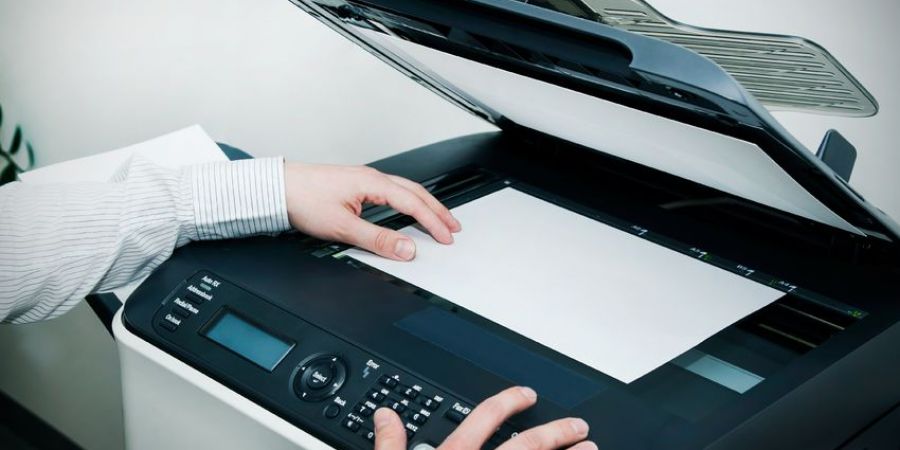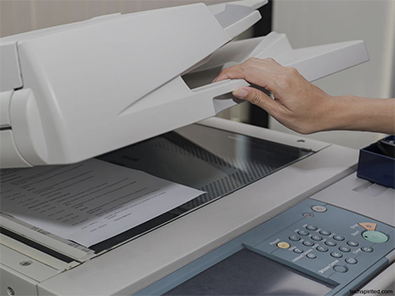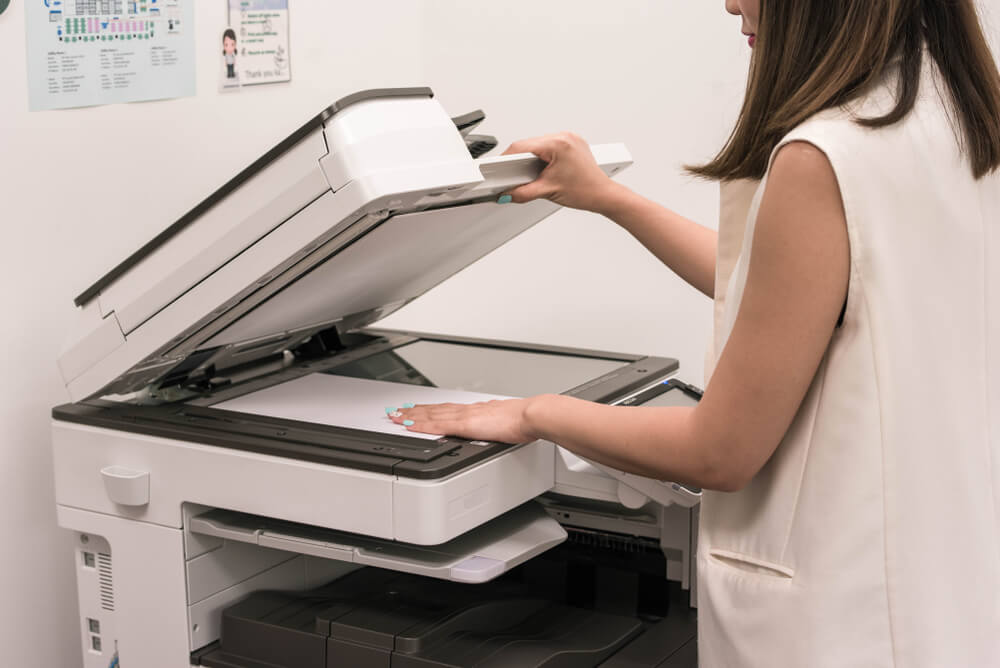
Office printing costs have now rivaled utilities and rents in most businesses. Most of the time, the data at the end of each year surprises business leaders for the reason that, they have standard measures for operating expenses except for office printing. In fact, 90% of companies are not aware of the total number of printers they have and how much they are spending for it to deliver.
The overall cost that office printing consumes has eluded expense management spreadsheets because frequently, printers and all other spending components that come with it, are bought and completed randomly by several people in a single business, alone. When purchasing print-related needs continues to be decentralized, hidden departmental budgets go uncontrolled; without you noticing that your company is already bleeding money month after month.
If you are in San Jose and you are looking for a Copier for your business, you may contact Clear Choice Technical Services in San Jose. You can ask about Copier Leasing Services in San Jose, Copier rental services in San Jose.
The Problem: Why do printers/copiers make you bleed money without realizing it?
Some years ago, it made sense for businesses to lease large copiers, which highlighted features like mass production; no sweat. When the required printing and copying are accomplished to deliver the business’ core needs, revenue is returned, and employees are satisfied; the cost of completing the tasks often go unnoticed. So, in what aspect are you spending too much for printers and copiers?
Total Printing/Copying Machines
Try to look around the office and do an inventory of all the machines that carry a paper tray. Are they individually important? Do you think you can do away without one or two of them? Each office equipment demands budget allocation for energy, space, service agreements, maintenance services, repairs, replacement parts, and its consumables.
Printer Cartridges
When your office is buying printer cartridges that are made by the equipment manufacturer itself, the cost is surprisingly 30% more than the equally high-quality generic printer cartridge. Although the cost primarily depends on your office’s print volumes, which is either in color or monochrome, the fact remains that thousands of dollars are being shed-off just for printer cartridges.
Staff Print Policy
Most offices do not establish a common set of “printing rules” for everyone who uses the machine. Without guidelines to cover the “how much,” “how many,” and “what to print” aspects of printer usage, expenses will definitely go ceiling high.
Energy Consumption
The Environmental Protection Agency once reported that, in an average, at least $225 is spent to power an office laser printer each year. The amount only speaks for average-sized machines, which means that if the machine is bigger, the power cost is also higher.
A few jaw-dropping statistics:
1. On an average, an office worker will print 10, 000 pages each year, which totals to at least $725 in expenses.
2. At least 37% of expenses that are print-related do not go through formal office procurement approval.
3. Some 60% of all IT Department rescue calls are related to printing issues.
The Solution: How can the printing cost be controlled to a minimum?
The biggest problem of not being able to quantify your printing costs is the ultimate reason why it is silently drawing money out from the business. Yes, maintenance and repair services as well as its consumables are easy to disregard, but without a doubt are extremely costly. Since you do not have concrete data to accurately analyze the figures, it will also be extremely difficult for the business to pinpoint which associated costs to consolidate or reduce.
A managed printing service (MPS) is the best solution, by far. Through MPS solutions, office equipment professionals are authorized to gather usage data and analyze them with the end goal of quantifying printing expenses and reducing them to a minimum.
How can MPS solve the cost of:
Total Printing/Copying Machines
Try to look around the office and do an inventory of all the machines that carry a paper tray. Are they individually important? Do you think you can do away without one or two of them? Each office equipment demands budget allocation for energy, space, service agreements, maintenance services, repairs, replacement parts, and its consumables.
MPS professionals are expert in scouting common office print infrastructure configuration mistakes and provide a cost-effective solution to correct it. For example, back in the days, it seemed like a good idea that every employee was assigned her own printer; not anymore. Recently, offices have become more productive with just a single multifunction printer (MFP) networked to everyone in the office. MFPs are all-in-one machines that can accomplish scanning, photocopying, and printing tasks, which means that you have saved on energy, space, service agreements, repairs, replacements, and consumables.
Printer Cartridges
When your office is buying printer cartridges that are made by the equipment manufacturer itself, the cost is surprisingly 30% more than the equally high-quality generic printer cartridge. Although the cost primarily depends on your office’s print volumes, which is either in color or monochrome, the fact remains that thousands of dollars are being shed-off just for printer cartridges.
An automated delivery of supply is one huge feature of an MPS solutions; it means, you do not have to order toner cartridges anymore. Most MPS programs have applications that are able to monitor your office devices and automate toner shipment as soon as they run low on them. Always keep employees in their productive state and you can make sure of this when equipment downtime is eliminated absolutely.
Staff Print Policy
Most offices do not establish a common set of “printing rules” for everyone who uses the machine. Without guidelines to cover the “how much,” “how many,” and “what to print” aspects of printer usage, expenses will definitely go ceiling high.
MPS solutions train office employees on the best practices of using the MFP machine; maximizing its potentials, while lowering the cost. They will walk you through options on how to improve device inventory, processes, and usage patterns. Also, there is free service management coverage.
Energy Consumption
The Environmental Protection Agency once reported that, in an average, at least $225 is spent to power an office laser printer each year. The amount only speaks for average-sized machines, which means that if the machine is bigger, the power cost is also higher.
MPS solutions provide only the most advanced machines with efficient energy saving technologies. For instance, the latest Canon MFP already features 70% less power consumption. With energy-efficient models, you are not only making sure that your energy-bill is reduced. You are also making sure that your office equipment is environmental-friendly.
Conclusion:
A successful MPS solution will not only reduce your expenditures on printing, but scale-up your office’s level of productivity. They will quantify your office’s:
1. print volumes
2. print speed
3. machine supplies
4. machine maintenance
5. machine repairs
6. machine replacements
7. print-workflows
A program that is able to manage your office’s printing devices, MPS has nowhere to get you, but up the success ladder.






